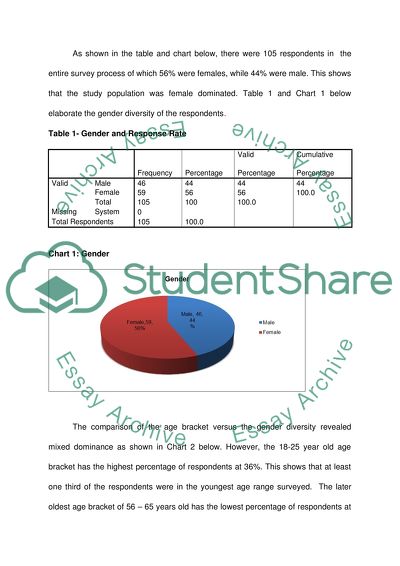Cite this document
(“The Role of Events in the Seaside Destination: A Case Study of Sport Essay”, n.d.)
Retrieved de https://studentshare.org/tourism/1390905-the-role-of-events-in-the-seaside-destination-a
Retrieved de https://studentshare.org/tourism/1390905-the-role-of-events-in-the-seaside-destination-a
(The Role of Events in the Seaside Destination: A Case Study of Sport Essay)
https://studentshare.org/tourism/1390905-the-role-of-events-in-the-seaside-destination-a.
https://studentshare.org/tourism/1390905-the-role-of-events-in-the-seaside-destination-a.
“The Role of Events in the Seaside Destination: A Case Study of Sport Essay”, n.d. https://studentshare.org/tourism/1390905-the-role-of-events-in-the-seaside-destination-a.


